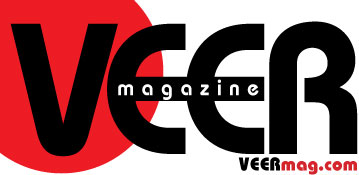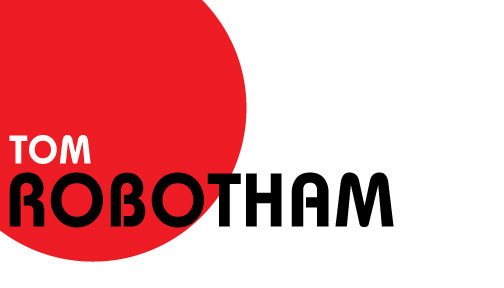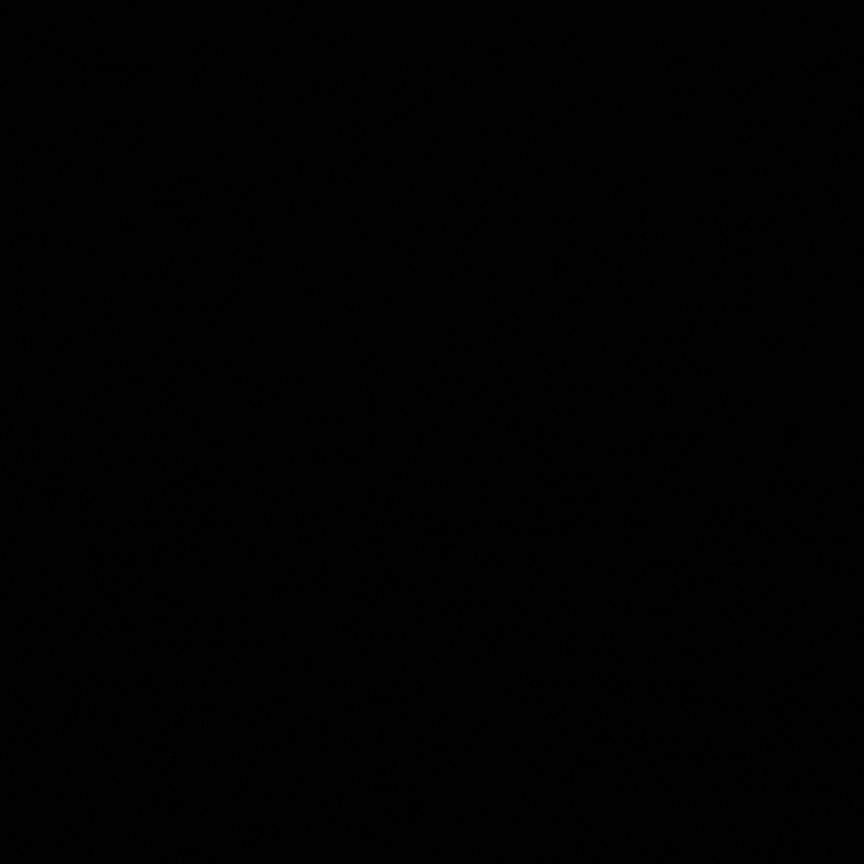By Tom Robotham
Recently, I sat on a panel—convened at Old Dominion University—to talk about the state of journalism. I was impressed by the students in attendance. They struck me as bright, and they seemed to be knowledgeable about current events. That said, they expressed their distrust of mainstream news organizations—a view that got me thinking about my own experiences with “the media,” both as a consumer and a journalist.
When I was a child in the early ‘60s, my father regularly consulted three news sources.
One was Walter Cronkite’s nightly broadcast. My father watched it every evening, and while I paid only peripheral attention through my early years, I realize now that this ritual made an enduring impression on me. Intuitively, I picked up on the trust that my dad placed in him. Cronkite was also a comforting presence—especially on November 22, 1963 after Kennedy was assassinated. I’d been in school—in the second grade—when it happened. Right after lunch, my teacher, looking pale, told us we were being dismissed early because “something bad” had happened to the president. When I got home, there was Cronkite—on our black-and-white Magnavox—providing updates on the horrific developments. I was too young to fully grasp the implications, but I could sense from him—and from my parents—that they were grave.
Cronkite was there, too, in 1968, to comment on all of the traumas that tore at our souls that year: the mounting death toll in Vietnam, the murders of Martin Luther King and Bobby Kennedy, and Mayor Daley’s obscene crackdown on protests at the Democratic National Convention. I remember, in particular, when security guards violently knocked Dan Rather to the convention floor and Cronkite called them, on the air, “a bunch of thugs.”
The other regular news sources in my household were The New York Times and—for local reporting—The Staten Island Advance. As a kid, I preferred the Advance because it carried comics. But I picked up from my dad the notion that the Times was a formidable institution—one deserving of respect and serious attention. By the time I was in my mid-teens, I’d begun reading it myself. I loved, especially, the Sunday Arts & Leisure section and the Book Review, but what I gravitated to most of all was the daily op-ed page and the columns of Tom Wicker and Anthony Lewis. I was awed by their erudition and clean writing styles, and they kindled in me the first flames of desire to become a journalist myself.
At the age of 17, I also began reading The New Yorker, another of my dad’s favorite publications, and The Village Voice, which I devoured every week, cover to cover. The former was my first introduction to long-form journalism, thanks to writers such as Roger Angell, the incomparable baseball reporter, and John McPhee. The Voice was even more important to me, chiefly because it was there that I encountered the columns of Nat Hentoff, the man who would become my primary professional role model. His pieces on civil liberties were infused with a passion for justice, bolstered by extensive knowledge of the law. He also wrote insightfully about education, and jazz: two subjects that would eventually become my beats.
Nourished and influenced by all of these journalists, I began writing for my college newspaper—Cardinal Points—a few months into my freshman year, and by my junior year I had become the editor-in-chief. The experience was invaluable, and I was—and remain—especially proud of a series of articles and editorials I wrote on the college president’s “five-year plan” to gut the liberal arts in favor of more “practical” programs like nursing and business. Eventually, he backed off, and at my graduation reception he told my dad that the paper’s coverage had been a significant influence on his decision to do so.
Perhaps because of that, my father gave me as one of my graduation gifts Tom Wicker’s wonderful memoir, On Press, which fueled my ambition to become a journalist. A lot of fledgling reporters of my generation had been inspired by Woodward and Bernstein, especially after the 1976 release of the film All the President’s Men, and I certainly admired them myself. But I was drawn to Wicker’s more tempered outlook, which he shared in his book. He noted that the movie had presented reporters as “stainless heroes” and that, at the same time, many conservatives like Spiro Agnew saw journalists as “ruthless villains.”
“A quarter century in the press,” he went on, “had given me a far different view of my trade. I had seldom seen it as heroic, only occasionally as villainous, frequently as ill-advised, all-too often as inaccurate, sometimes as powerfully effective.”
In spite of this, his memoir made the profession seem fascinating—and six months after I graduated, I was fortunate enough to land a job with the Advance. As I noted in this space a few years back, in an essay called “Tangled Up in Blue,” I spent my first year on the night shift—the police and fire beat—and after covering my first murder, I began to wrestle with some fundamental ethical questions. Certainly, news outlets should report on murders when they happen, but I’d felt pressured to write about it with as much sensational flare as possible. I wondered whether I was simply exploiting the pain of the victim’s family and friends.
I was much happier when I moved to the education beat and also began writing a weekly music column. Still, local journalism felt stifling. I wanted to write for the Times and actually applied for a job there. I wasn’t surprised when they rejected me, but I was pleased to get a typed, two-page, single-spaced letter from the managing editor, telling me in detail what I should do to eventually land a position at the august publication. First and foremost, he said, I should try to get some experience at a bigger paper like the Cleveland Plain Dealer or the Kansas City Star. He also said I should learn another language because nearly all reporters at the Times were “at least bilingual.”
I sometimes regret not putting his plan into action, but at the time it seemed too daunting. Eventually, I moved on to magazine work, which ultimately led to my 10-year stint as editor of Port Folio Weekly, here in Hampton Roads, then as contributor to VEER and Coastal Virginia Magazine, among other publications.
But oh, how things have changed since the days when Cronkite was king and the Times was the pinnacle of the newspaper industry.
I still respect and trust the Times, but the profession as a whole is in crisis, as some major news organizations are caving in to pressure from Trump. Long before that began to happen, moreover, people of various ages began shunning mainstream outlets in droves, in favor of news from their favorite social-media “influencers,” memes—which they reflexively share without fact checking—and whatever headlines the algorithms push on their individual news feeds.
The thing is, there’s still a lot of good journalism out there, every day. (When I use the term “journalism,” by the way, I mean everything from basic “hard-news” reporting to investigative work, to cultural criticism and informed political commentary.) The New Yorker and The Atlantic continue to do excellent work, as do podcasters like Heather Cox Richardson and, more recently, former CNN anchor Jim Acosta, who when told he was being exiled to the midnight slot, quit and started his own Substack channel.
But it’s all so fragmented, and you have to sift through tons of garbage to find the good stuff.
There are those who argue that this a good thing—better than the monolithic days when most Americans got their national news only from Cronkite or AP reports reprinted in their local paper. We certainly have much more variety now. Still, I think we’ve lost something important, since the days of Edward R. Murrow, Cronkite, and former Washington Post publisher Katherine Graham, who put everything on the line to take on Nixon.
Those institutional figures were unifying forces, the far right’s hatred of them notwithstanding. The subsequent fragmentation of the news media has spurred the fragmentation of society. We’ve become not just polarized, but atomized, as each of us dwells increasingly in our own distinct news-media bubble. Thus, we don’t simply hold different opinions on an agreed upon set of facts; we see entirely different realities, which leads to distrust of each other and of once-revered institutions.
I suppose that there’s no putting the genie back in the bottle. But I do hope that those students who attended that panel discussion—along with their peers across the land—will come to realize that the hodgepodge of headlines and clickbait on their social-media feeds is not an adequate substitute for reporting and commentary from professionally staffed news organizations with a long tradition of reliability.




